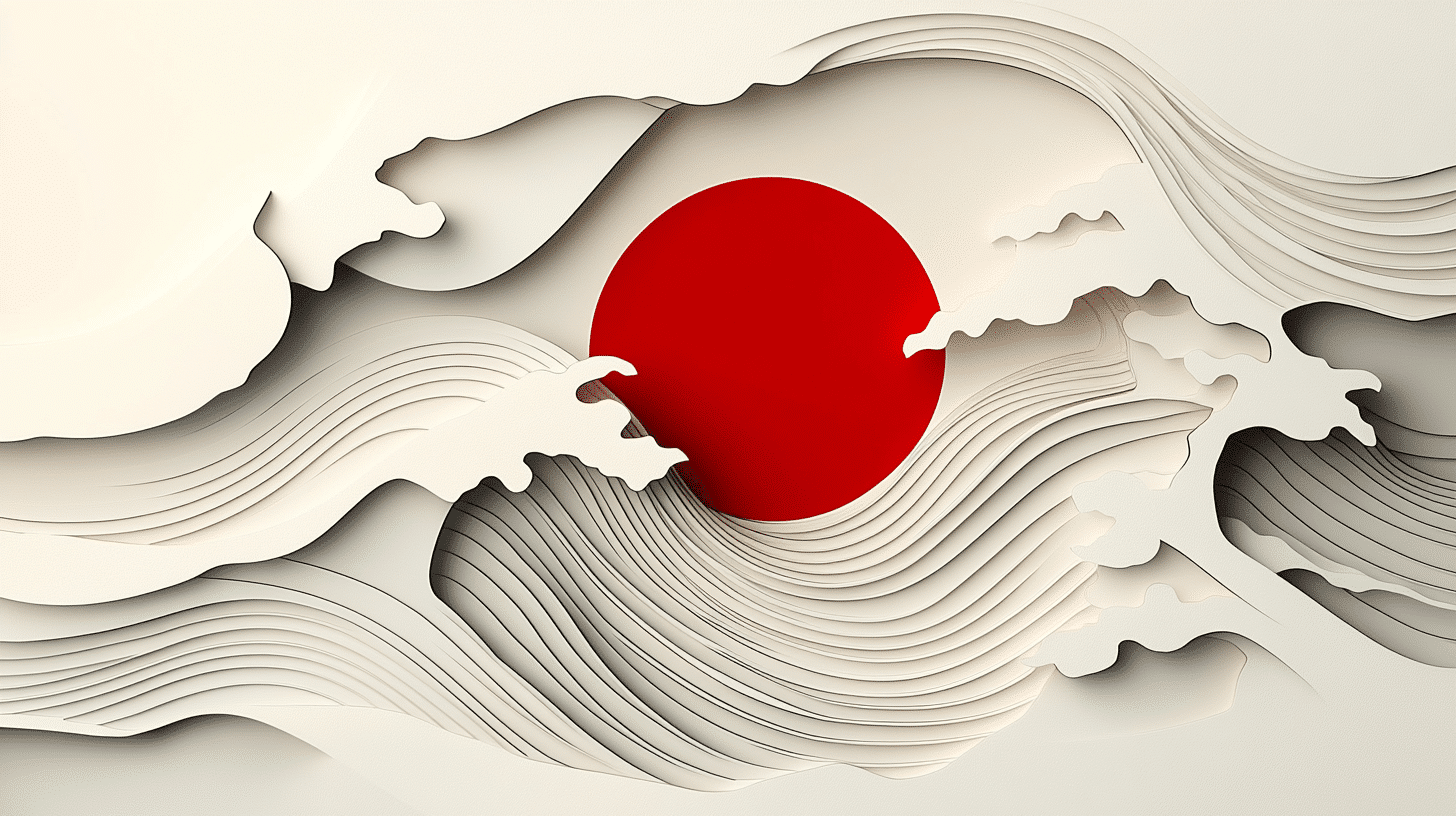What is Ōmisoka?
Ōmisoka, observed on December 31st, is the Japanese celebration of the last day of the year, equivalent to New Year’s Eve in the Gregorian calendar. This day is steeped in tradition and is one of the most important annual festivals in Japan. It’s a time for reflection, preparation for the new year, and engaging in various customs that are believed to bring good luck and prosperity.
History and Origin
The origins of Ōmisoka date back to Japan’s adoption of the Gregorian calendar in the late 19th century. Before this, the new year was celebrated according to the lunar calendar. Ōmisoka has since evolved to incorporate unique Japanese traditions and practices that symbolize bidding farewell to the old year and welcoming the new one with a clean slate.
Who Celebrates Ōmisoka?
- Japanese Families and Individuals: Observing traditional customs and preparing for the new year.
- Communities and Temples: Participating in bell-ringing ceremonies and local events.
- People Interested in Japanese Culture: Engaging in and learning about Ōmisoka traditions.
Slogans and Themes
Ōmisoka is celebrated with themes of purification, renewal, and family. Phrases like “Farewell to the Old, Welcome to the New” and “Purify and Renew” capture the essence of the day’s focus on cleansing and preparing for the new year.
Colors, Symbols, and Patterns
Colors:
- Traditional Japanese colors like red, white, and gold, symbolizing happiness, purity, and prosperity.
Symbols:
- Toshikoshi Soba: Long buckwheat noodles eaten on Ōmisoka, symbolizing longevity and the crossing from one year to the next.
- Joya-no-Kane: The ringing of temple bells 108 times to cleanse the 108 worldly desires.
Patterns:
- Imagery of traditional Japanese New Year celebrations and family gatherings.
Most Used Hashtags
- #Ōmisoka
- #JapaneseNewYear
- #December31
- #ToshikoshiSoba
- #JoyaNoKane
How to Celebrate
- Eat Toshikoshi Soba: Enjoy this traditional dish with family to welcome the new year.
- Participate in Joya-no-Kane: Attend or listen to the temple bell-ringing ceremony.
- Engage in Osoji: Take part in the year-end cleaning to purify homes and spaces.
- Reflect on the Year: Spend time reflecting on the past year and setting intentions for the new one.
Ōmisoka is a reflective and significant day in Japanese culture, marked by unique traditions that celebrate the end of the year and the anticipation of new beginnings.
Features
December 31: Ōmisoka (Japan)
Why do you keep falling for the same type?
Read the article Lovemaps: the hidden blueprint of our love.

